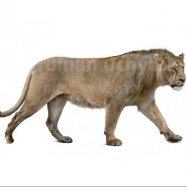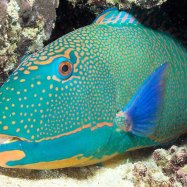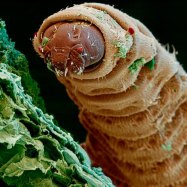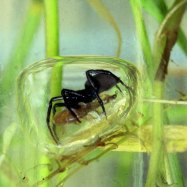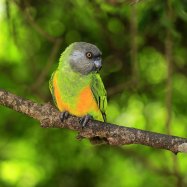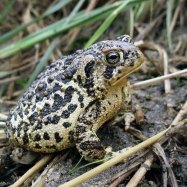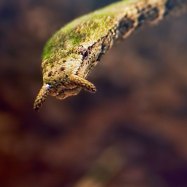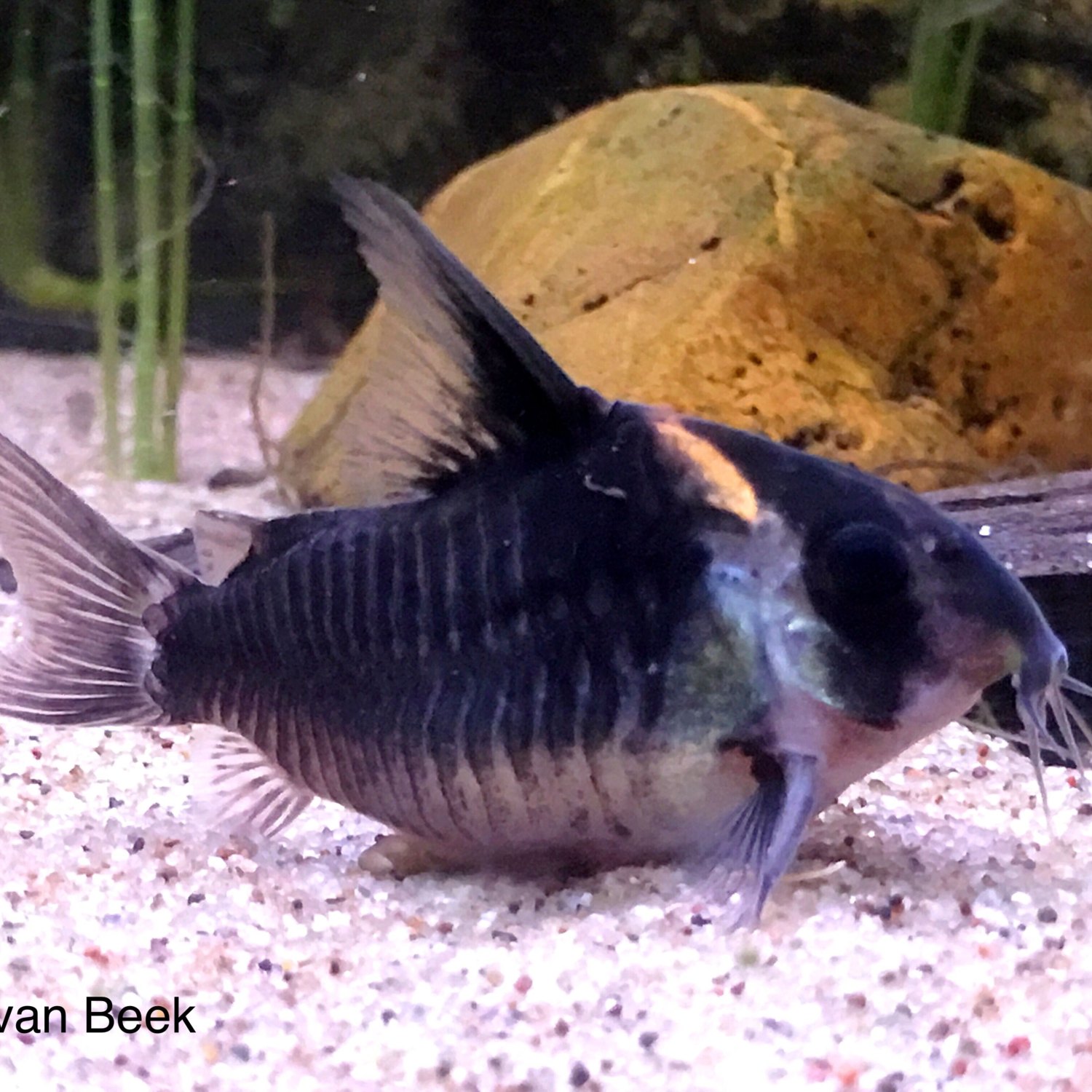
Cory Catfish
2-3 inches
Cory Catfish, also known as Corydoras, are small, peaceful freshwater fish native to the Amazon River basin. With their compact and streamlined body shape, they make great additions to community aquariums. These lovable creatures grow up to 2-3 inches in length and belong to the Callichthyidae family. Keep them with other calm fish for a harmonious tank.
Animal Details Summary:
Common Name: Cory Catfish
Kingdom: Animalia
Habitat: Freshwater
The Diverse World of Cory Catfish: Everything You Need to Know
Cory Catfish, also known as Corydoras, are a beloved freshwater fish species found in the Amazon River basin in South America. They are a popular choice among aquarium enthusiasts due to their unique appearance and peaceful nature. Hailing from the Callichthyidae family, these compact and streamlined fish make an interesting addition to any aquatic landscape.Let's dive into the fascinating world of Cory Catfish and learn more about their intriguing features, behavior, and habitat Cory Catfish.
Origin and Habitat
Cory Catfish are native to the Amazon River basin, primarily in the tropical regions of South America, particularly Brazil. They are found in various countries such as Peru, Colombia, and Venezuela, where they inhabit slow-moving rivers, streams, and flooded areas.These fish are known to thrive in freshwater environments and are often found in shallow waters with sandy or gravel bottoms, where they can easily forage for food. In the wild, they are most commonly found among dense vegetation or debris, which provides them with adequate cover to hide from predators.
Physical Appearance
One of the most intriguing aspects of Cory Catfish is their diverse coloration. Their body can range from shades of brown, black, and occasionally, white. Some species also feature stripes or spots, making each individual fish unique in its appearance. This beautiful feature makes Cory Catfish a popular choice among aquarium enthusiasts.Apart from their varied coloration, Cory Catfish are known for their compact and streamlined body shape, measuring 2-3 inches in length Cheetah. Their small size makes them ideal for community tanks, as they can peacefully coexist with other fish species.
Feeding and Behavior
Cory Catfish are omnivorous creatures, meaning they feed on both plant and animal matter. In the wild, they primarily feed on small aquatic insects, crustaceans, and worms. In captivity, they can be fed a variety of food options including sinking pellets, frozen or live food, and plant-based flakes.One interesting behavior of Cory Catfish is their tendency to swim upside down, particularly when searching for food. This behavior is believed to help them forage more efficiently, as they can use their barbels (whisker-like organs) to locate food hidden in the substrate.
They are generally peaceful and non-aggressive fish and can coexist with other small fish species, such as tetras, mollies, and guppies, making them a popular choice for community tanks.
The Importance of Natural Language Processing (NLP)
We are living in a digital age, where technology has become an integral part of our lives. Natural Language Processing (NLP) is a branch of artificial intelligence that deals with the interaction between humans and computers through language. NLP is used in various applications, including text analysis, sentiment analysis, summarization, and machine translation.In the world of content creation, NLP plays a crucial role in creating high-quality, engaging articles that are optimized for SEO. It helps writers understand the language patterns and preferences of their target audience, allowing them to create content that resonates with readers and ranks higher in search engine results.
NLP is also essential in ensuring that the content is unique and plagiarism-free, making it more valuable and trustworthy to readers.
Conservation Status and Threats
Cory Catfish are not listed as endangered by the International Union for Conservation of Nature (IUCN). However, their habitat, the Amazon River basin, is facing various threats such as pollution, deforestation, and overfishing. These threats not only affect the Cory Catfish population, but also the entire ecosystem of the Amazon River basin.In captivity, Cory Catfish are relatively easy to care for, and their popularity among aquarium enthusiasts has led to commercial breeding. This has reduced the demand for wild-caught Cory Catfish, helping to preserve their natural population in the wild.
Conclusion
Cory Catfish are a unique and intriguing species, known for their diverse coloration, peaceful nature, and interesting behavior. These amazing creatures play a significant role in the ecosystem of the Amazon River basin and are a popular choice among aquarium enthusiasts all over the world.Understanding the diverse world of Cory Catfish can help us appreciate and protect their natural habitat, ensuring their survival for generations to come. So, the next time you see these little fish swimming upside down in your aquarium, take a moment to appreciate their beauty and the role they play in the animal kingdom.

Cory Catfish
Animal Details Cory Catfish - Scientific Name: Corydoras
- Category: Animals C
- Scientific Name: Corydoras
- Common Name: Cory Catfish
- Kingdom: Animalia
- Phylum: Chordata
- Class: Actinopterygii
- Order: Siluriformes
- Family: Callichthyidae
- Habitat: Freshwater
- Feeding Method: Omnivorous
- Geographical Distribution: South America
- Country of Origin: Brazil
- Location: Amazon River basin
- Animal Coloration: Varies, often shades of brown and black
- Body Shape: Compact and streamlined
- Length: 2-3 inches
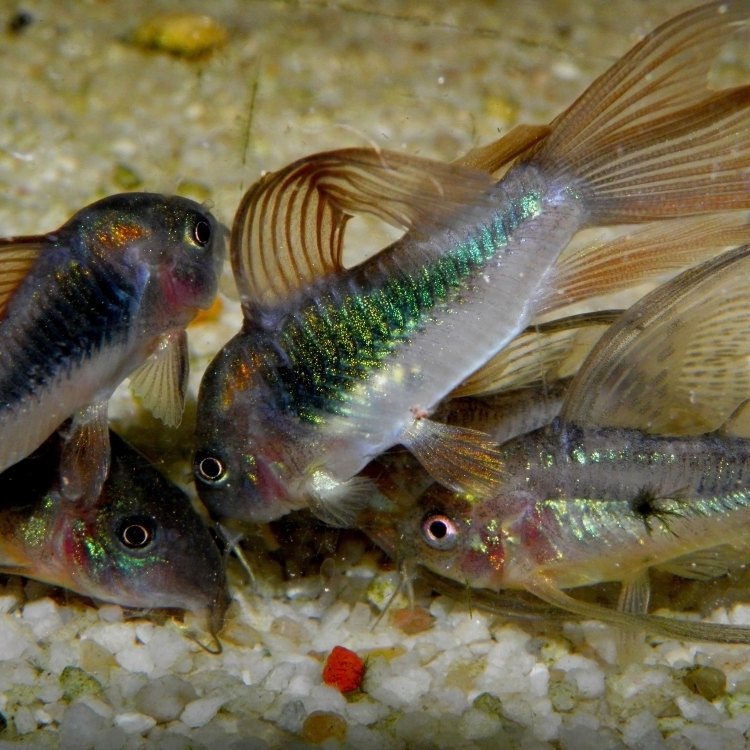
Cory Catfish
- Adult Size: 2-3 inches
- Average Lifespan: 5-10 years
- Reproduction: Egg-laying
- Reproductive Behavior: Mating occurs through courtship and egg deposition is typically done on a substrate
- Sound or Call: No specific sound or call
- Migration Pattern: Non-migratory
- Social Groups: Schooling fish
- Behavior: Bottom-dwelling, peaceful
- Threats: Habitat destruction, pollution, overfishing
- Conservation Status: Not evaluated
- Impact on Ecosystem: Helps in controlling algae growth
- Human Use: Popular aquarium fish
- Distinctive Features: Adapted mouthparts for feeding on the substrate
- Interesting Facts: Cory catfish have the ability to breathe air from the surface using a specialized organ called the labyrinth organ
- Predator: Predators include larger fish and birds
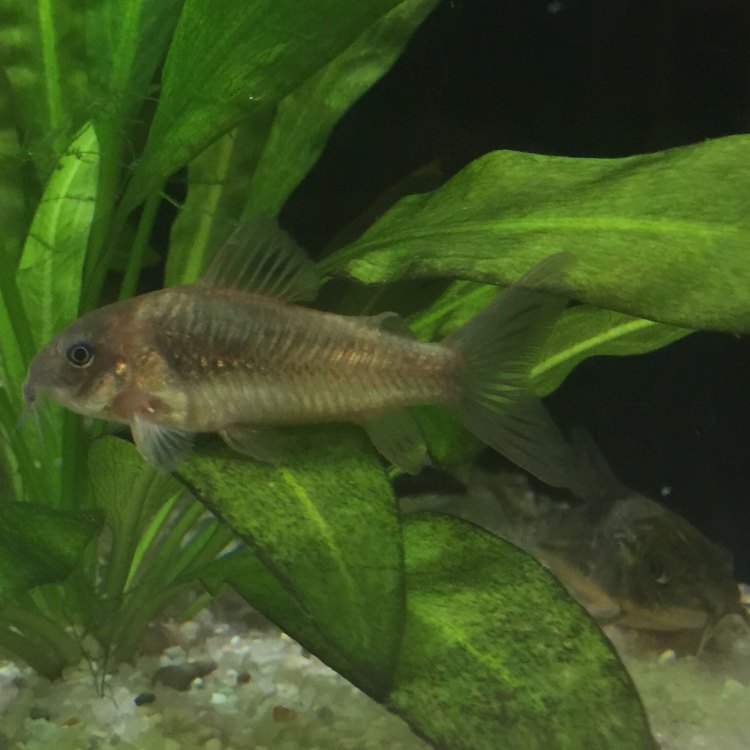
Corydoras
The Fascinating World of Cory Catfish: A Bottom-Dwelling Marvel
In the vast world of aquatic creatures, there are a variety of species that inhabit different regions, from the ocean to the smallest ponds. Among these creatures, the Cory Catfish stands out as a fascinating and unique species. These bottom-dwelling marvels, also known as Corydoras, are a favorite among aquarium enthusiasts for their peaceful nature and interesting behaviors.If you've ever owned or seen a Cory Catfish, you'll know that they are a delight to watch PeaceOfAnimals.Com. But what makes these fish so special? In this article, we'll delve into the world of Cory Catfish and uncover their distinctive features, behaviors, and impact on the ecosystem.
The Size and Lifespan of a Cory Catfish
The average adult size of a Cory Catfish ranges from 2 to 3 inches. This may seem small compared to other popular aquarium fish, but their small size doesn't hinder their presence in a tank. In fact, their small stature adds a unique charm to any aquarium.
When it comes to their lifespan, Cory Catfish can live for an impressive 5 to 10 years. However, this largely depends on how well they are cared for in their environment. With proper care and maintenance, these little creatures can live a long and happy life.
Reproduction and Behavior of Cory Catfish
Cory Catfish are egg-laying fish, meaning they reproduce by laying eggs rather than giving birth to live young. In the wild, mating occurs through courtship, where males will chase and show off their fins to attract females Chipping Sparrow. Once mating has occurred, the female will deposit her eggs on a substrate, typically on plant leaves or other surfaces.
While it may seem like a straightforward process, Cory Catfish are quite picky about where they lay their eggs. They prefer clean and well-oxygenated water, making proper maintenance of their tank crucial for successful reproduction.
Aside from their reproductive behavior, Cory Catfish are also known for their peaceful nature. In the wild, they are often found in schools, swimming in harmony with one another. In captivity, they can also be housed in groups, as long as there is enough space for each fish to have their own territory.
Threats and Conservation Status
As with many aquatic species, Cory Catfish face several threats in the wild. Habitat destruction, pollution, and overfishing are some of the major threats to their existence. As bottom-dwelling fish, they are particularly vulnerable to pollution, which can affect the cleanliness and oxygen levels of their habitats.
Unfortunately, the conservation status of Cory Catfish is not currently evaluated, meaning their population is not being monitored closely. However, their dwindling numbers in the wild have sparked concern among conservationists, calling for more research and protection measures to safeguard their species.
The Impact of Cory Catfish on the Ecosystem
While Cory Catfish may seem like small and insignificant creatures, they play a crucial role in the ecosystem. As bottom-dwelling fish, they are invaluable in controlling algae growth in freshwater environments. Their adapted mouthparts, which are designed for feeding on substrate, help keep the substrate clean and prevent excessive algae growth.
Their presence in the ecosystem also supports the food chain, as larger fish and birds prey on Cory Catfish. This aids in maintaining balance and ensuring the survival of other species in the ecosystem.
Human Use and Interesting Facts
Being a popular aquarium fish, Cory Catfish plays an important role in the world of aquaculture. These fish are easy to care for and are compatible with a variety of other peaceful fish, making them a great addition to any aquarium. Their small size and unique behaviors make them a favorite among aquarium enthusiasts of all levels.
But perhaps one of the most interesting facts about Cory Catfish is their ability to breathe air from the surface using a specialized organ called the labyrinth organ. This organ allows them to obtain oxygen from the air, which is handy for them in oxygen-deprived environments.
Predators and Ways to Protect Them
Like any other species, Cory Catfish also have predators in the wild. Larger fish, such as cichlids, and birds are known to prey on these peaceful fish. In order to protect them, it is important to educate the public on the importance of maintaining clean and healthy aquatic environments. Additionally, regulations on overfishing and habitat protection can also help in conserving their population.
In terms of protecting Cory Catfish in captivity, providing proper care and maintenance, such as maintaining a clean and well-oxygenated tank, is vital for their survival. Feeding them a balanced and varied diet will also help in keeping them healthy and prolonging their lifespan.
The Wonder of the Cory Catfish
In conclusion, Cory Catfish may seem like simple and unremarkable creatures, but upon closer inspection, they are truly marvels of the aquatic world. Their distinct features, behaviors, and impact on the ecosystem make them a fascinating species to observe and learn about. It is crucial for us to not only appreciate these fish but also take necessary steps in preserving and protecting their species for future generations to appreciate and admire.
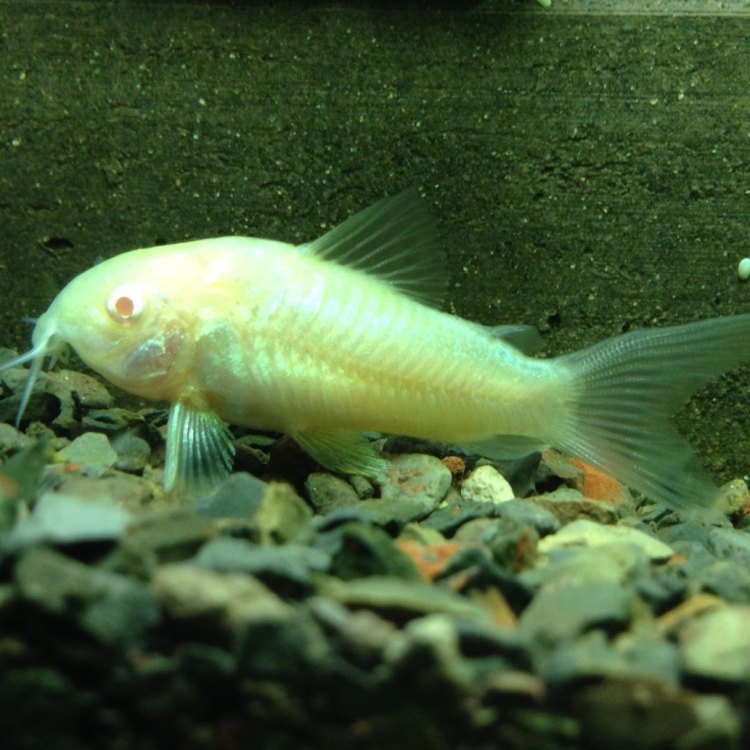
The Diverse World of Cory Catfish: Everything You Need to Know
Disclaimer: The content provided is for informational purposes only. We cannot guarantee the accuracy of the information on this page 100%. All information provided here may change without prior notice.


